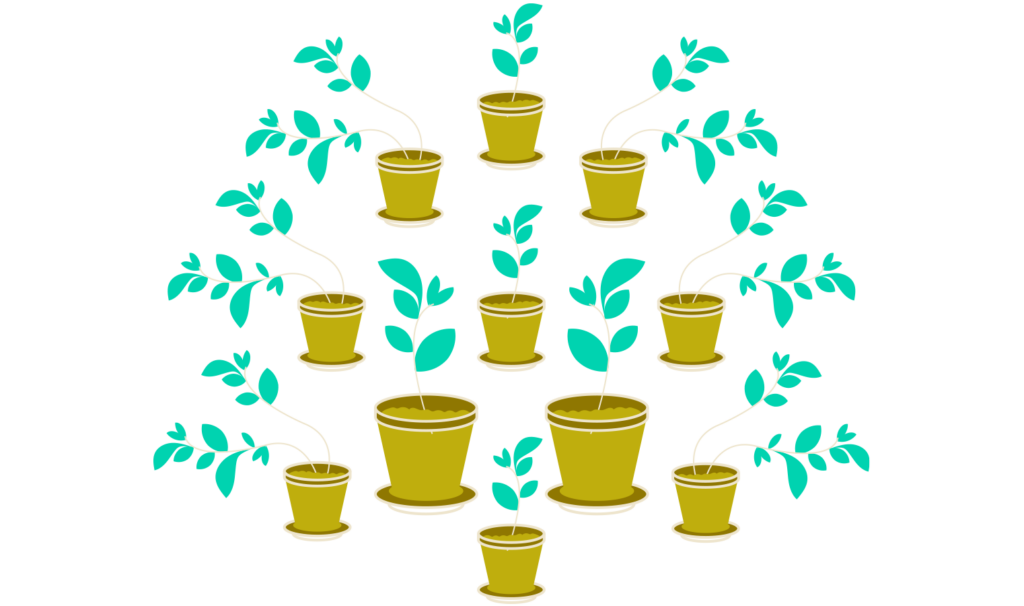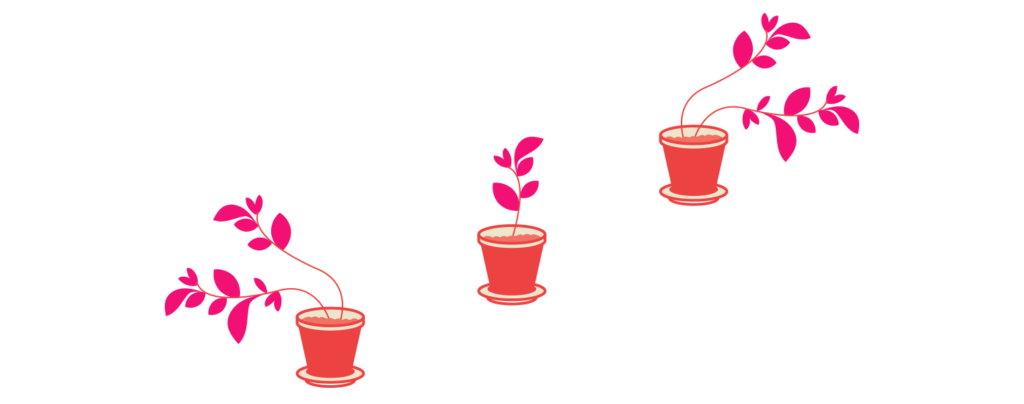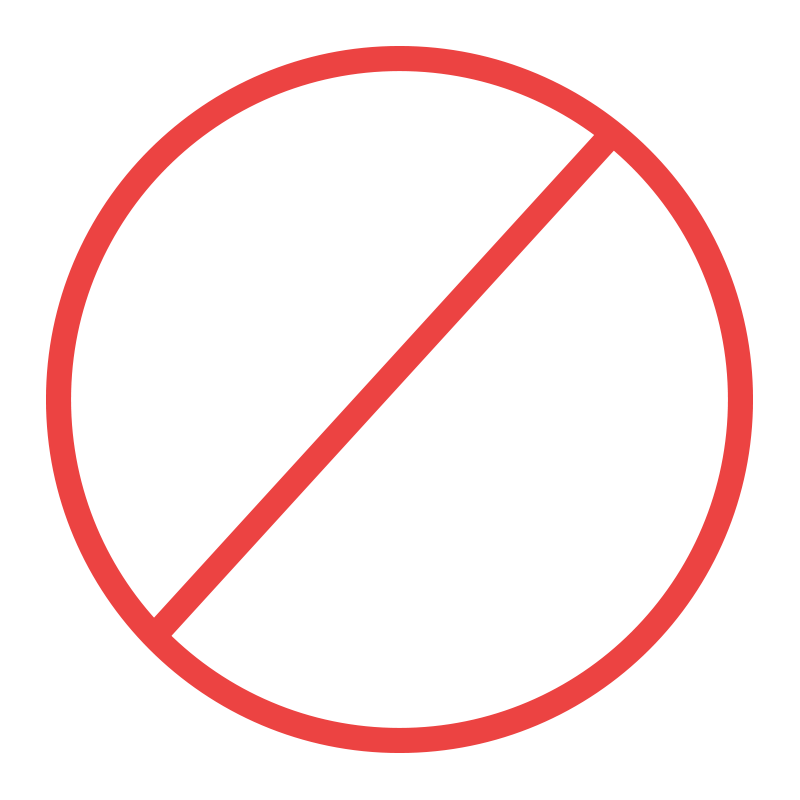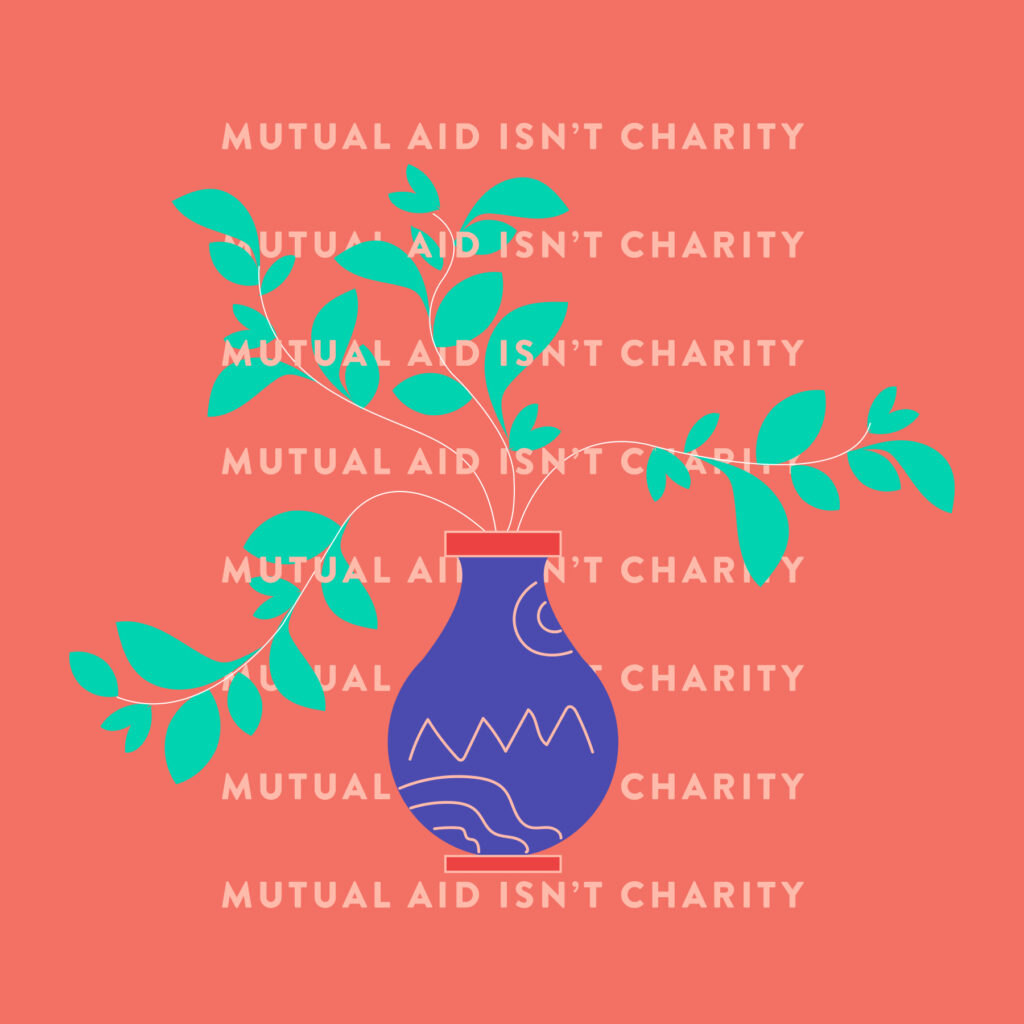
Written by Chanida Phaengdara Potter
When people say it takes a village, they’re talking about the beauty of mutual aid that’s meticulously weaving and working across Minneapolis and the Twin Cities. The idea and practice of mutual aid isn’t anything new — it stems back to the beginning of time, when villages of people turned to each other for wholesome community and warm connections. A time before colonization and state-sanctioned violence pressured our bodies and collective thinking to replace care with capitalism and scarcity.
There’s something to be said about the resilience and grit of calling Minnesota home — which comes with the territory of a community that’s in a constant state of anxiety (and preparation) for the next winter, the next challenge, the next chaos. It wasn’t that long ago that the pandemic and uprisings gave us a crash course in the art of mutual aid in the virtual streets; from posting personal Venmo accounts to collecting cash for people in financial crisis to rallying Facebook groups to donate dry goods to mobilizing people who had access to cars to transport unhoused people to warmer shelter. Talking about the world-building of mutual aid means stepping into what collective care looks like for us.
“Talking about the world-building of mutual aid means stepping into what collective care looks like for us.”




Now in our third year of the pandemic, we’ve been seeing the increasing normalization of mutual aid as a daily, critical practice that’s functioning on its own, by and with the community.
The pandemic has not only surfaced the glaring disparities of marginalized groups, but also brought about a frank realization:
Communities don’t and shouldn’t have a complete reliance on the broken state institutions for meeting our very basic needs.


We’re tapping into our imaginations and our cultural memories to re-explore our intrinsic interdependency. Though the idea isn’t new, the practices are. Now with digital tools and the pace of social media, the mutual aid ecosystem has catapulted towards deep and complex pods of people bending time and resources.

In one part of Minneapolis, encampments of our neighbors living without shelter were popping up in more visible public spaces. Young organizers and volunteers became the quickest to answer the call for help. Mel Koe, a psychology grad student from Malaysia, was one of those organizers. Mel had struggled to find employment and community, so she turned to the tools at her disposal during the pandemic: a car, her digital coordination skills, her training in psychological first aid, and an abundance of time.
Mel makes a point that mutual aid isn’t charity, where institutions and people in power and privilege give from a saviorist mindset. The mutual aid ecosystem she’s in typically looks like a thread on Signal, with interactions between volunteers and impacted people dialoguing on what their needs are for the day. Sometimes they share life stories and milestones with each other and sometimes they find out tragic news or lose touch because they’ve been incarcerated. “Mutual aid shouldn’t be romanticized. Because as humans, we’re messy too,” she says. “This work has to be rooted in shared understanding with those we’re supposed to help. And there’s a lot of things you aren’t prepared for, like the times I’ve witnessed people hurting each other and walking through the tents finding dead bodies. It’s heavy and traumatizing.” For many in the unhoused community, volunteers like Mel are sometimes the only family they have.
“Mutual aid shouldn’t be romanticized. This work has to be rooted in shared understanding with those we’re supposed to help.”



After the deaths of Jamar Clark and George Floyd, it was the artists, healers, and educators who started exploring what an alternative to calling the police meant for the community — motivated by that same need for collective care. Signe Harriday, Jason Sole, and Susan Raffo came together as part of the core group of REP (Relationships Evolving Possibilities), a network of more than 50 trained people who run an alternative emergency hotline on the weekends. The hotline serves people within the Twin Cities who need harm reduction and de-escalation support, and facilitates community workshops in transformative justice.
The group’s principles are rooted in Black love and liberation, ancestral knowledge, and radical consent. “It’s a remembering project to lean into and trust that we have what we need, and that we can meet those needs with each other,” notes Signe, who’s a multidisciplinary artist and cultural practitioner. “It’s grounded in our community connection, so it’s not radical, it’s just obvious. We have a responsibility to each other and to show up for each other.”
Jason, a practicing abolitionist educator and survivor of the war on drugs in Chicago, partnered with Signe as the group pulled together in 2020, and the incoming calls picked up. REP got things going by training their response team, called “carers.”
“It’s grounded in our community connection, so it’s not radical, it’s just obvious. We have a responsibility to each other and to show up for each other.”
The 36 carers on the team are trained in medical aid, conflict resolution, and resourcing through radical consent; which gets at how to stay grounded in the most loving way possible — allowing people to see the humanity in both those who have done harm and been harmed. Seeing the need for centering trauma, Signe and Jason reached out to Susan, a local healing practitioner, who was already working in multiple movement spaces. Susan sees the idea of healing justice as intrinsically tied to the ethos of collective care. She attributes the framework of healing justice to a 2005 convening she attended organized by Kindred Southern Healing Justice Collective. As a long time practitioner, Susan notes that our response rooted in community care during times of collective harm, conflict, and trauma isn’t just a movement, it’s really the absence of what we’ve already known all along lives in our bodies.
“Trauma is in our tissue. We see how much hurt there is, generationally, and how that shows up in so many harmful ways,” says Susan. “That’s why REP is rooted in Black liberation and why we need deep relationships and trust so we can navigate it together. The more we can show up for each other, with consent and dignity, the less that we feel the need to turn to institutions.”

At the heart of it, mutual aid is another form of transformative justice. In abolitionist Mariame Kaba’s We Do This Till We Free Us, she describes transformative justice as “creative and dynamic experiments happening across the world,” where there’s a revival of creative spaces and tools that were taken from us by a society that didn’t trust our ability to address and resolve harm without brutality.
At the intersection of dual crises — COVID-19 and police violence — is a wide open space for pause and its practice is sacred. A space where grief, reflection, and support is yearning to thrive. It’s in this space that we’re given permission to not only reimagine but simply remember elements of our intrinsic human nature that we’ve forgotten.

We are a collective.
We have always kept each other fed, safe, and whole.

We did it back then and this pandemic permeated our consciousness to never look away again.

For REP mediators holding a community of exploratory practices on alternatives to policing and the resourceful mutual aid volunteers using the power of social tech to boost the needs of those most marginalized, it only comes from people who are rooted in the spirit of care.
Like a flock of birds world-building towards a more just and abundant future, the hope for folks who live and breathe in collective mutual aid as part of daily life is that others join along with them in returning to that world we all desperately deserve and need right now.

Support Relationships Evolving Possibilities
Learn more about REP and support their work and the work of their team of carers.

contributors


